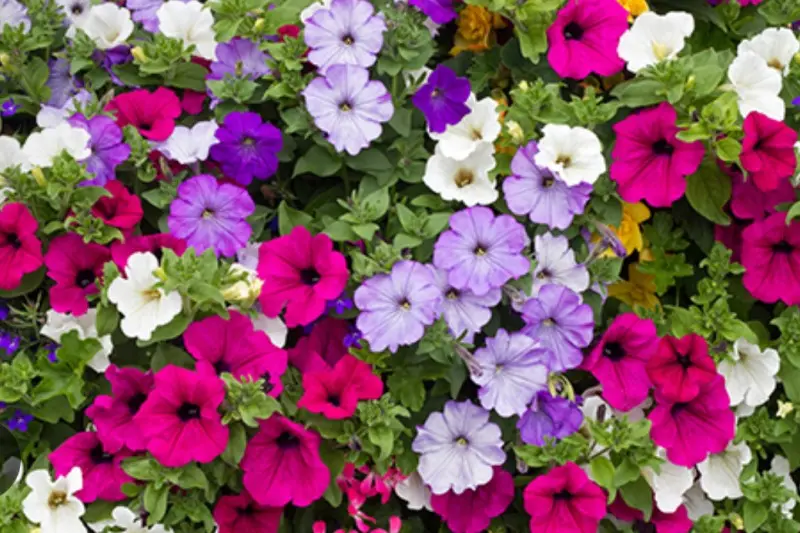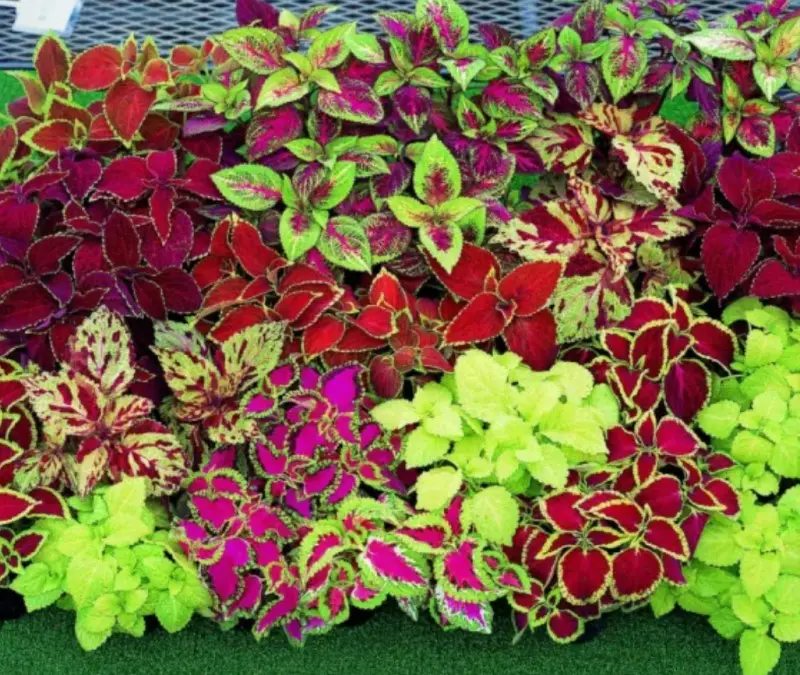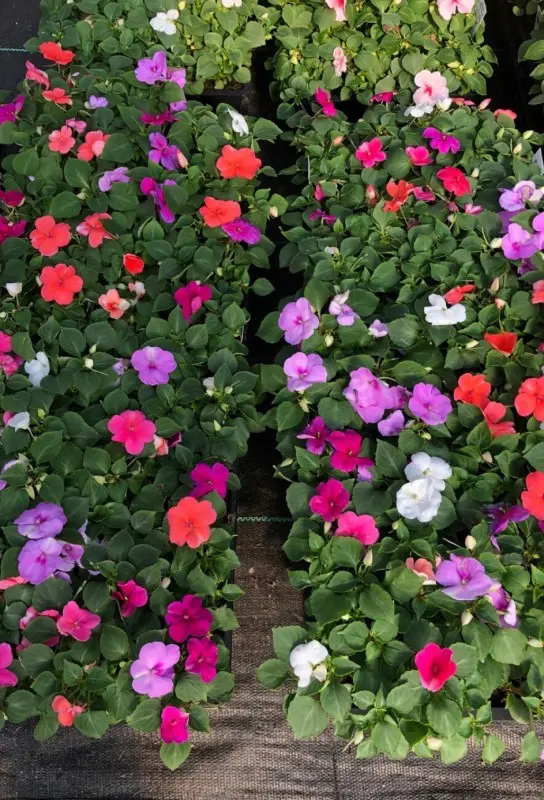Description
Petunias (Petunia spp.) are popular flowering annuals loved for their colorful, trumpet-shaped blooms and long-lasting display. Native to South America, petunias come in an array of vibrant colors, including shades of purple, pink, red, white, yellow, and blue, as well as striped and bicolored varieties. Blooming from spring until the first frost, petunias are often used to add bold splashes of color to garden beds, borders, containers, hanging baskets, and window boxes.
Petunias typically grow 6 to 18 inches in height and spread 12 to 24 inches, depending on the variety. They thrive in USDA zones 9-11 as perennials but are commonly grown as annuals in most climates. Petunias prefer full sun for the best flowering display, though they can tolerate partial shade in warmer areas. They do best in well-draining, moderately fertile soil and benefit from regular watering to keep their flowers lush, especially in hot weather. Some varieties, such as Wave Petunias, are bred to be highly drought-tolerant and have a vigorous, spreading habit, making them ideal for ground cover or cascading over container edges.
Low-maintenance overall, petunias benefit from regular deadheading to encourage continuous blooms, though many modern varieties are self-cleaning. They can also benefit from periodic feeding to support their flowering. While they are generally pest-free, petunias may attract aphids or caterpillars in humid conditions. With their wide range of colors, ease of care, and ability to bloom throughout the growing season, petunias are a versatile choice that adds vibrant, season-long color to both formal and informal gardens.






